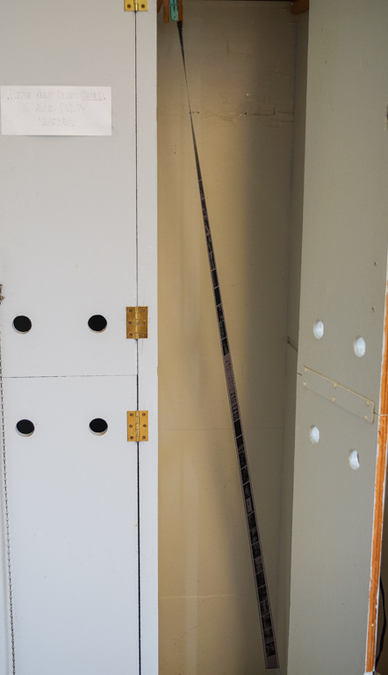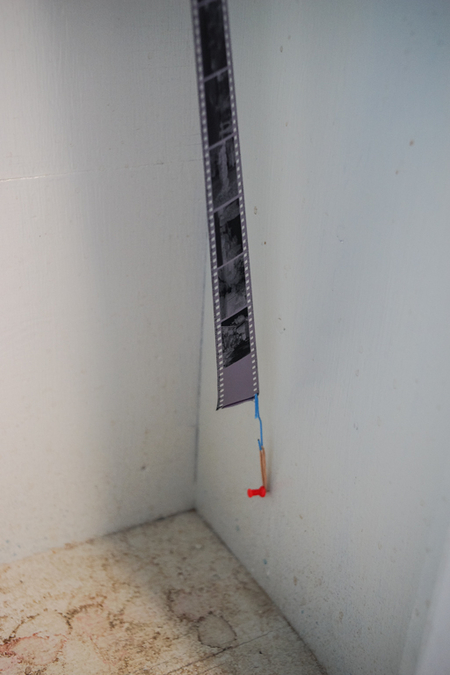Tom A
RFF Sponsor
A friend who knows just about everything there is to know about film processing (used to run a large movie production lab) put me on to the wetting agent that they used.
It is Kodak Stabilizing Additive, Cat# 1847722. Ok, biggest problem is diluting it. he gave me a quart of it - enough to do 6000 litters of stock! To mix up 1000 ml - you take 0,17 ml and 1000 ml of water! I use 15 ml of this per 1500 ml of water for a final rinse. Film dries fast, water literally flows of the film in seconds. No residue on the reels either. That quart should last me long, long time.
It is Kodak Stabilizing Additive, Cat# 1847722. Ok, biggest problem is diluting it. he gave me a quart of it - enough to do 6000 litters of stock! To mix up 1000 ml - you take 0,17 ml and 1000 ml of water! I use 15 ml of this per 1500 ml of water for a final rinse. Film dries fast, water literally flows of the film in seconds. No residue on the reels either. That quart should last me long, long time.



